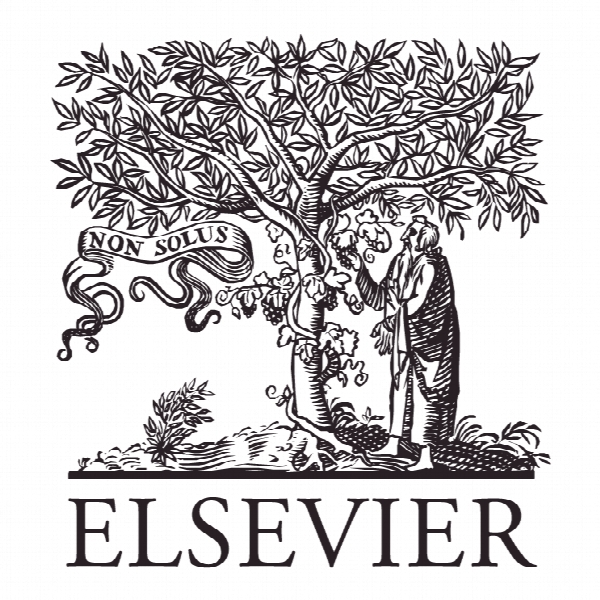سه گانه “مقدس” در اخلاق رسانه ای: یک مدل مفهومی برای درک اخلاق رسانه های جهانی The “Holy” Triad in Media Ethics: A Conceptual Model for Understanding Global Media Ethics
- نوع فایل : کتاب
- زبان : انگلیسی
- ناشر : Elsevier
- چاپ و سال / کشور: 2017
توضیحات
رشته های مرتبط علوم ارتباطات اجتماعی
گرایش های مرتبط روابط عمومی
مجله بررسی روابط عمومی – Public Relations Review
دانشگاه کالج روزنامه نگاری و ارتباطات جمعی ژیلاورد، اوکلاهما، ایالات متحده آمریکا
نشریه نشریه الزویر
گرایش های مرتبط روابط عمومی
مجله بررسی روابط عمومی – Public Relations Review
دانشگاه کالج روزنامه نگاری و ارتباطات جمعی ژیلاورد، اوکلاهما، ایالات متحده آمریکا
نشریه نشریه الزویر
Description
1. Introduction Media ethics has long been at the center of attention for media scholars and public relations professionals. The level of ethical standards employed by both journalists and public relations professionals impacts how media relations activities are conducted and what types and quality of contents may shape public opinion. Media ethics are devolved on fundamental values of democracy, freedom, truth, honesty, objectivity, and privacy (Craig, 2010). A prominent line of research in media ethics concerns with the study of those factors and variables affecting fundamental media values and consequently the level of media ethics in a country. Early studies indicate that public relations is one of those key factors because public relations practitioners act as sources of information and even influencers of media agenda (e.g., Cameron, Sallot, & Curtin, 1997; Shin & Cameron 2003). Specifically, the approach used by public relations professionals to influence journalists’ news decision making has implications for media ethics in terms of transparency and self-censorship (Tsetsura, 2011), and as such it deserves to be studied together with other factors that may influence journalists. Previous studies on media ethics, which considered public relations influence, have,for instance,focused on the concept of transparency and interests’ disclosure in media relations, for the reason thatlow levels of media ethics are often imputable to both journalists and public relations professionals’ non-transparent practices. Such studies pointed out that ethics in media relations is a rather ambiguous and porous concept across the world (Harro-Loit & Saks, 2006; Tsetsura, 2008; Tsetsura & Kruckeberg, 2011). Media non-transparency, or media opacity, is defined as “any form of payment for news coverage or any influence on an editor or journalist’s decision that is not clearly stated in the finished journalistic product” (Tsetsura & Kruckeberg, 2011, p.10). Despite the presence of professional code of ethics, researchers have identified forms of media non-transparent practices such as envelope journalism (Shafer, 1990), cash for new coverage (Kruckeberg & Tsetsura, 2003), or paid news (Tsetsura, 2015). This phenomenon is also referred to in different slang words around the world: jinsa in Ukraine (Tsetsura & Grynko, 2009), red envelope in China (Tsetsura, 2015), and pay-for play in the USA (Tsetsura, 2008). The evidence of media non-transparent practices calls for investigation of whatfactors affect decision-making processes and overall media relations ethics and media and public relations credibility (Tsetsura & Kruckeberg, 2011). This conceptual paper examines one specific aspect of media ethics that is decision-making processes. Early studies suggested the concept of value among several factors that affect human behavior, including news decision-making processes (Craig, 2010; Sylvie & Huang, 2008). Yet, the concept of value has only been given marginal relevance in public relations studies and has not been examined in depth. This conceptual paper ought to fill this gap by offering a global model for understanding media ethics (as applicable to both, public relations and journalism professionals) that is centered on the concept of value. The paper proposes and analyzes three main constitutive forces of media ethics: personal, professional, and environment values and illustrates how these three sets of values interact with one another and may influence the decision-making processes in media ethics. Reflections on the value of the proposed conceptual model for media scholars and public relations professionals are discussed and recommendations for future research are offered.


